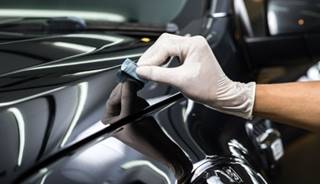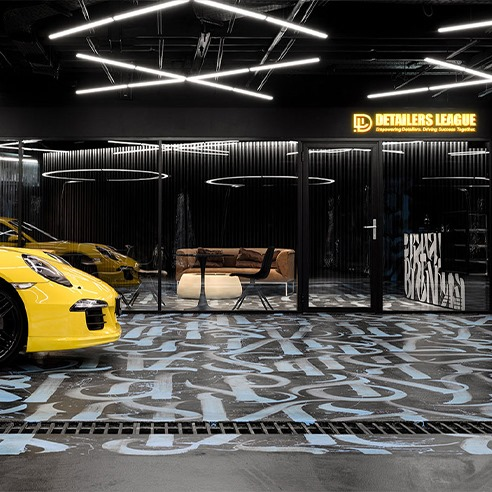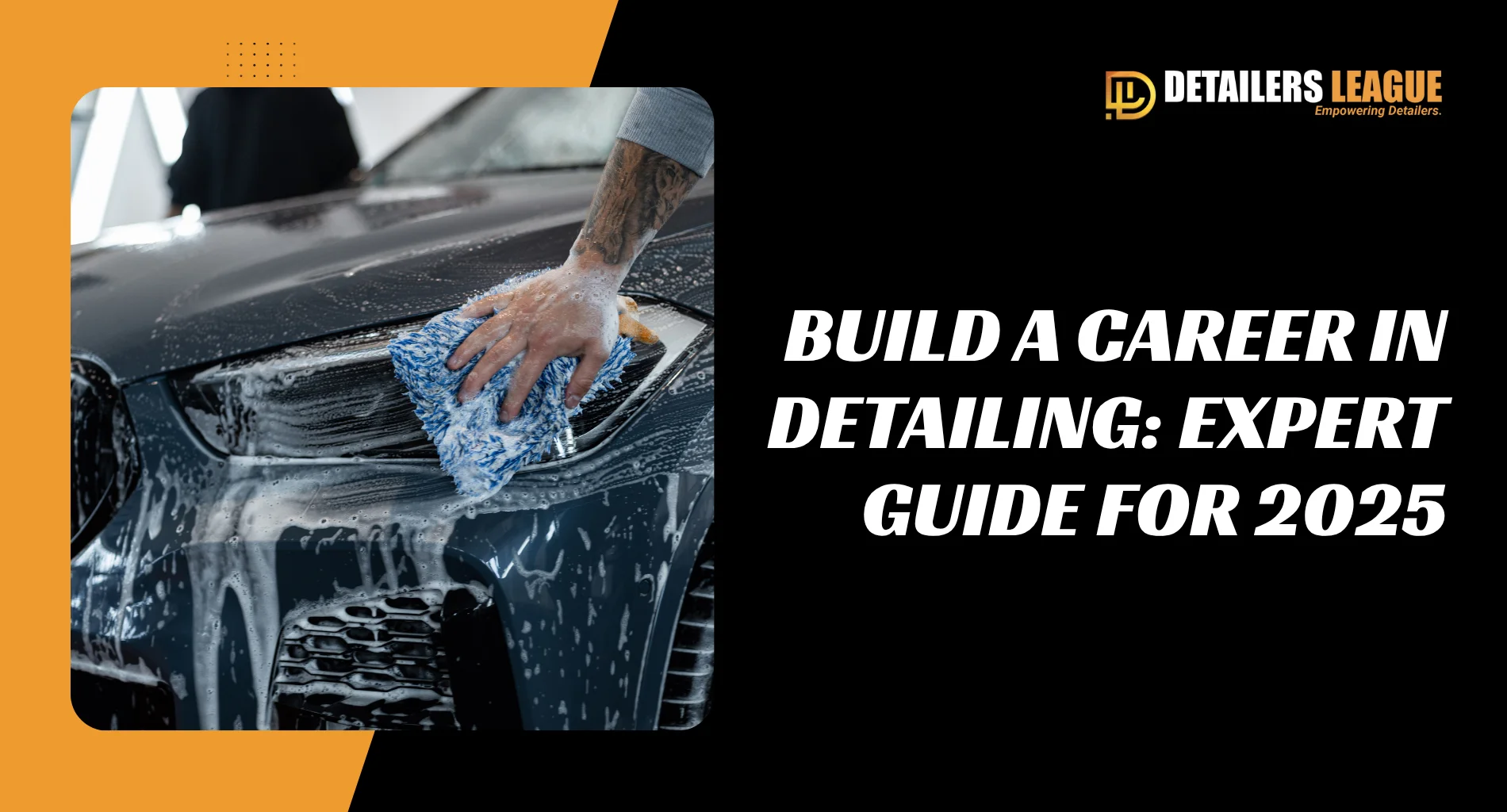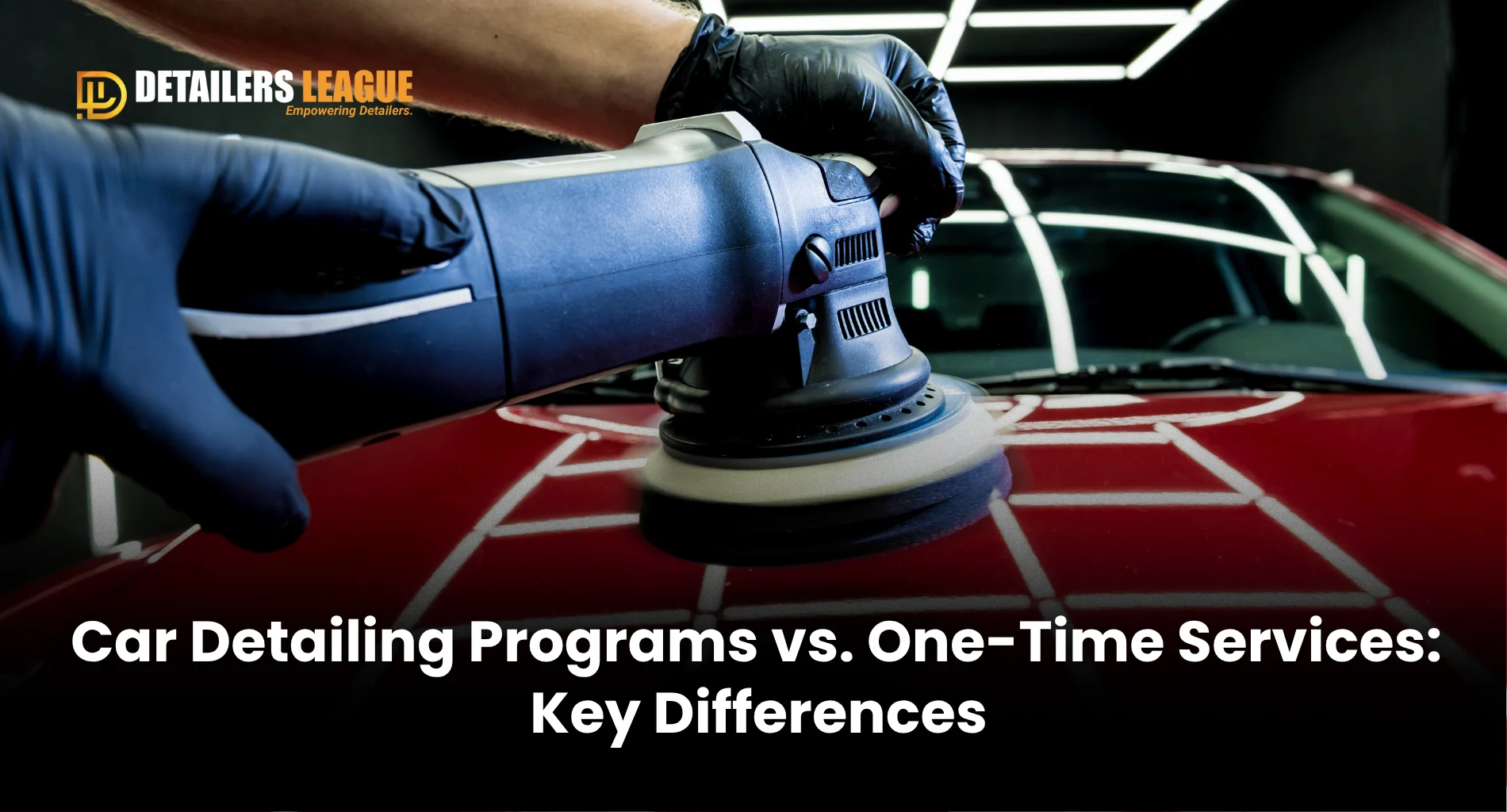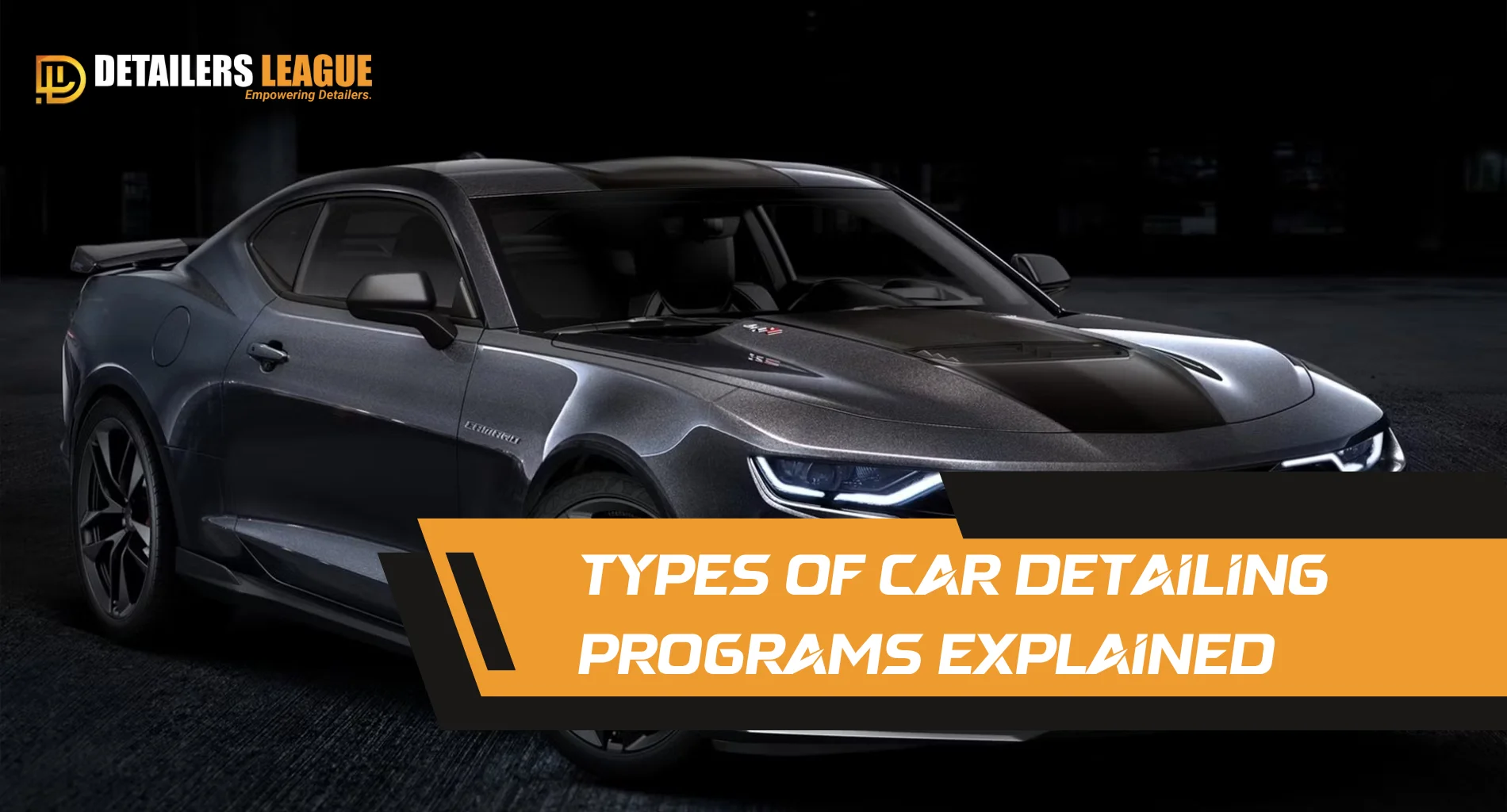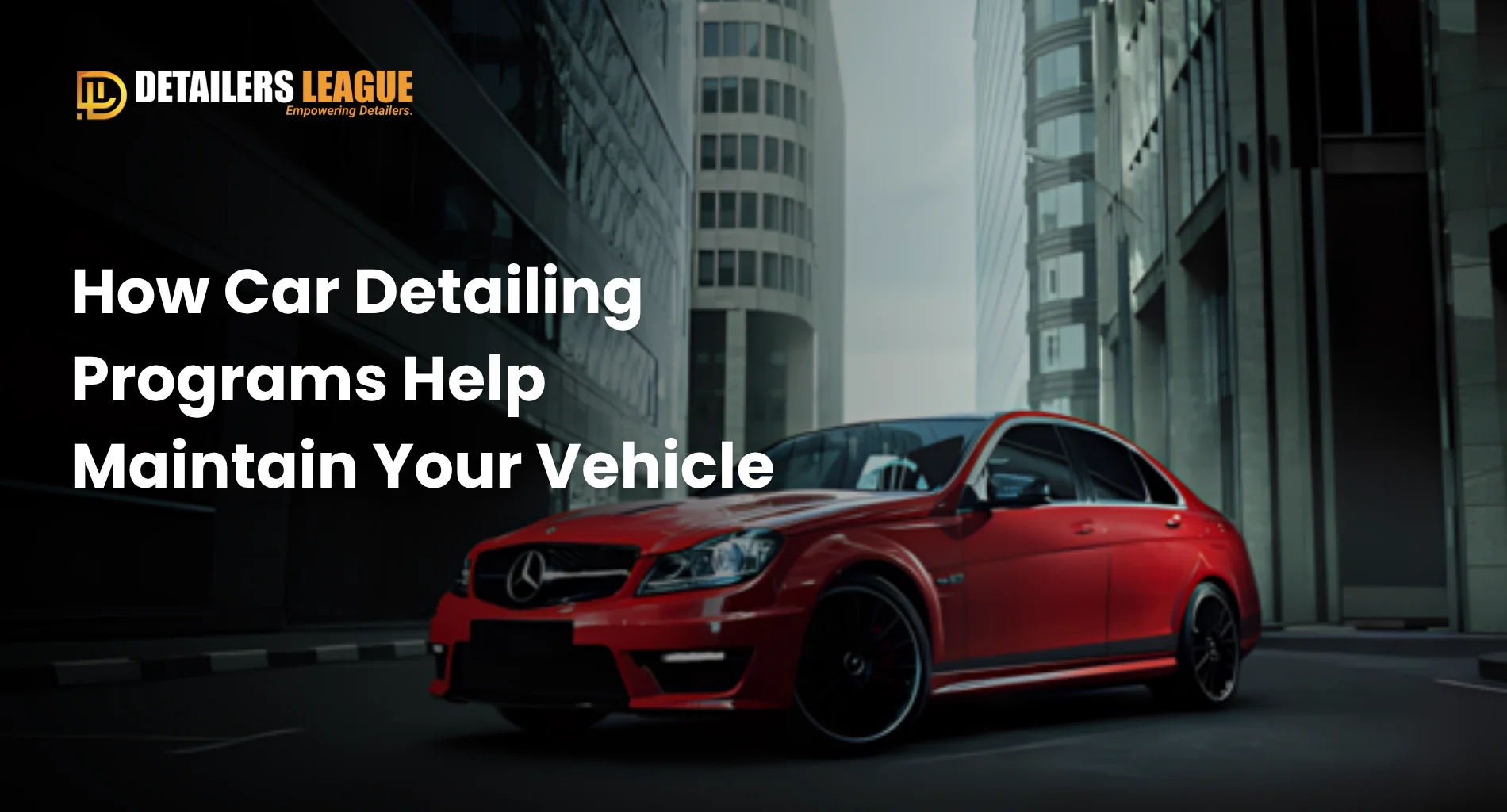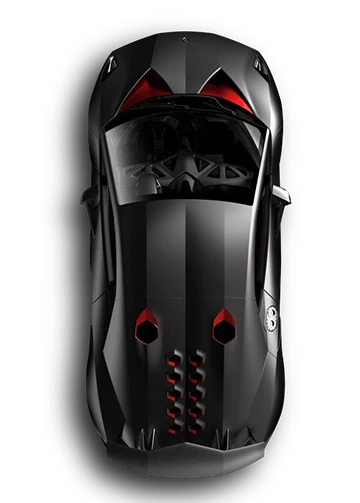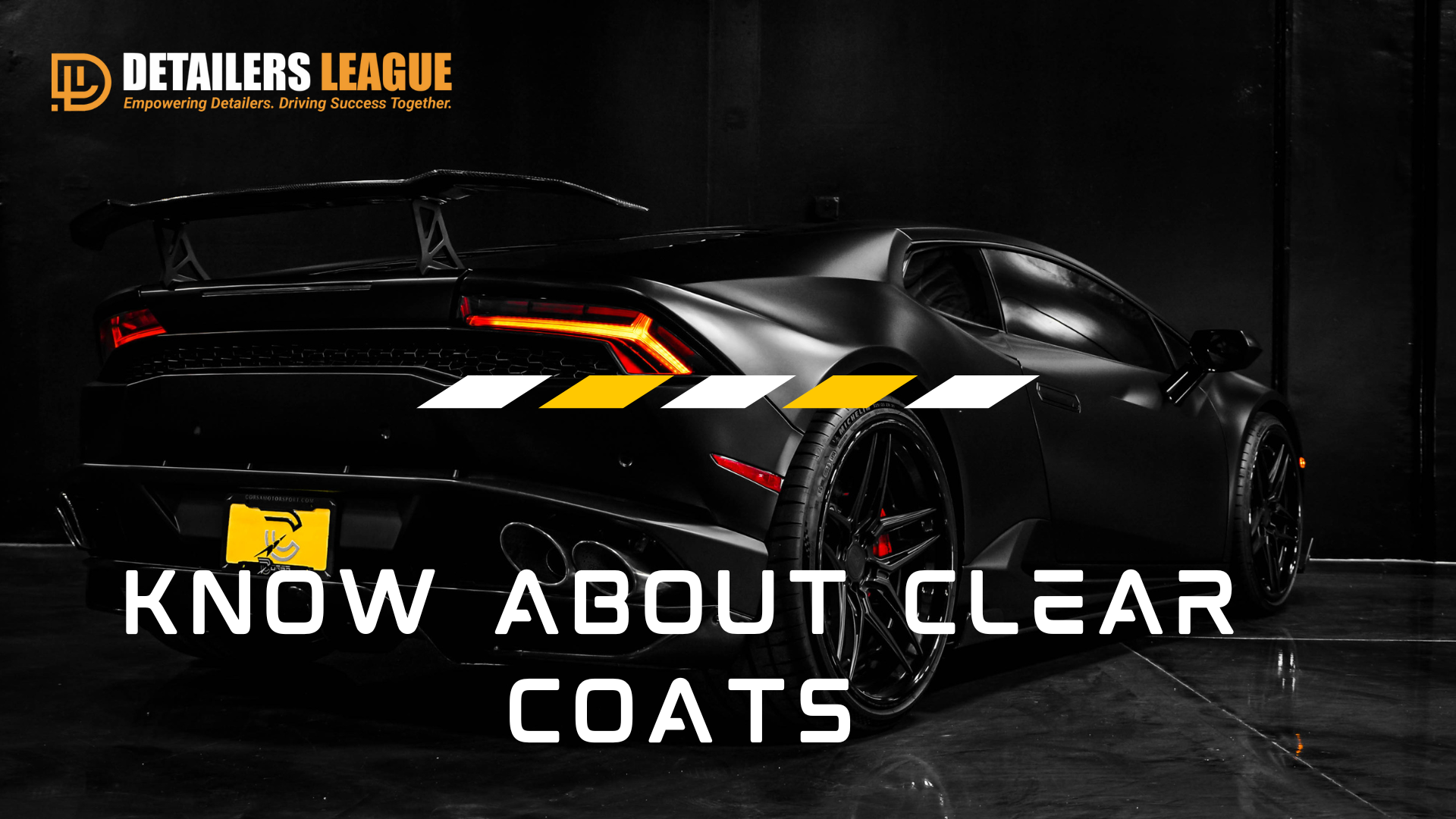
Clear coats are the unsung heroes in the world of automotive and industrial finishes. They play a crucial role in not only enhancing the appearance of a surface but also in providing essential protection against environmental factors like UV rays, moisture, and chemicals. Whether you’re restoring a classic car, working on an art project, or protecting industrial machinery, choosing the right clear coat is vital. But with so many types and specifications to consider, it can be overwhelming to make an informed decision. This guide will walk you through the different types of clear coats and their specifications, helping you understand which one might be best for your needs.
What is a Clear Coat?
A clear coat is a transparent, protective layer of paint applied over the top of a colored base coat. Its primary purpose is to protect the base coat from damage while enhancing the visual appeal of the underlying color. Clear coats add depth and gloss to the surface, giving it a polished, finished look. Unlike other types of coatings that may contain pigments, clear coats are purely for protection and aesthetic enhancement, allowing the base color to shine through unaltered.
Types of Clear Coats
1. Solvent-Based Clear Coats
Solvent-based clear coats are traditional coatings that use chemical solvents as the primary carrier for the resin. These clear coats are known for their durability and resistance to environmental factors. They offer excellent adhesion and a smooth, glossy finish. However, they release a significant amount of volatile organic compounds (VOCs) during application, which can be harmful to the environment and human health. Despite this, they remain popular in automotive refinishing due to their superior performance.
2. Water-Based Clear Coats
Water-based clear coats are becoming increasingly popular due to their lower environmental impact. Instead of using chemical solvents, these clear coats use water as the primary carrier. This results in much lower VOC emissions, making them a more eco-friendly option. Water-based clear coats are also easier to clean up and less toxic to work with. However, they may require longer drying times and can be less durable in harsh environments compared to solvent-based options.
3. High-Solid Clear Coats
High-solid clear coats contain a higher percentage of solid components, meaning they have less solvent that evaporates during application. This makes them more environmentally friendly than traditional solvent-based clear coats. High-solid clear coats provide a thicker layer of protection with fewer coats needed, which can save time and reduce material usage. They offer excellent durability and a high gloss finish, making them ideal for automotive and industrial applications where a robust protective layer is essential.
4. Acrylic Clear Coats
Acrylic clear coats are known for their clarity and UV resistance. They are typically used in applications where maintaining the color integrity of the base coat is crucial. Acrylic clear coats are easy to apply and dry relatively quickly. They are also more flexible than other types, making them resistant to cracking and chipping. These clear coats are often used in the automotive industry, especially for vehicles that are exposed to a lot of sunlight.
5. Urethane Clear Coats
Urethane clear coats are highly durable and resistant to chemicals, making them a popular choice for automotive and industrial applications. They provide a hard, glossy finish that can withstand harsh environmental conditions. Urethane clear coats are also resistant to UV rays, which helps prevent the underlying paint from fading. However, they can be more challenging to apply and may require professional equipment and expertise for the best results.
6. Ceramic Clear Coats
Ceramic clear coats represent the latest in clear coat technology. These coatings incorporate nanotechnology to create an incredibly hard and durable finish. Ceramic clear coats are highly resistant to scratches, chemicals, and UV rays. They also provide a deep, glossy finish that enhances the appearance of the base coat. While they are more expensive than traditional clear coats, their superior protection and longevity make them a worthwhile investment, especially for high-end vehicles and industrial equipment.
Specifications of Clear Coats
1. VOC Content
VOC, or volatile organic compound, content is a critical specification to consider when choosing a clear coat. VOCs are chemicals that evaporate into the air during the application of paint or coating, contributing to air pollution and posing health risks. Regulations often limit the VOC content allowed in coatings, making it important to select products that comply with these standards. Water-based and high-solid clear coats typically have lower VOC content compared to solvent-based options, making them better choices for environmentally conscious projects.
2. Gloss Levels
Gloss level refers to the amount of light reflected off the surface of the clear coat. High-gloss clear coats reflect a lot of light, giving surfaces a shiny, mirror-like finish. Semi-gloss and matte finishes reflect less light, resulting in a more subdued appearance. The choice of gloss level depends on aesthetic preferences and the intended use of the surface. For example, high-gloss finishes are popular in the automotive industry for their vibrant, eye-catching look, while matte finishes might be preferred for a more understated, elegant appearance.
3. Drying Time
Drying time is an important factor to consider, especially in professional settings where time is money. The drying time of a clear coat can vary based on its formulation and the environmental conditions during application. Solvent-based and urethane clear coats tend to dry faster than water-based options, but they also release more VOCs. High-solid and ceramic clear coats often have longer curing times, but they provide superior protection and finish quality. Choosing the right clear coat involves balancing the need for a quick turnaround with the desired durability and finish.
4. UV Protection
UV protection is crucial for clear coats used in outdoor applications, as exposure to sunlight can cause the underlying paint to fade over time. Clear coats with high UV resistance protect the base color from the damaging effects of the sun, ensuring the surface retains its original appearance for longer. Acrylic and ceramic clear coats are particularly known for their excellent UV protection, making them ideal for vehicles and other surfaces exposed to direct sunlight.
5. Hardness and Durability
The hardness of a clear coat is a measure of its resistance to scratching, chipping, and other forms of damage. This is an important specification for surfaces that will be exposed to physical wear and tear. Ceramic clear coats are at the top of the scale in terms of hardness, offering unparalleled protection. Urethane clear coats also provide excellent durability, making them a popular choice for high-traffic areas and industrial applications. The right balance of hardness and flexibility is crucial to prevent cracking and ensure the longevity of the coating.
Choosing the Right Clear Coat
1. Application Method
The method of applying a clear coat can influence the choice of product. Clear coats can be applied using a spray gun, brush, or roller, depending on the surface and the desired finish. Spray application is common in automotive and industrial settings for its ability to create an even, smooth finish. Brush and roll application might be suitable for smaller projects or when a textured finish is desired. It’s important to choose a clear coat that is compatible with your preferred application method and to follow manufacturer guidelines for the best results.
2. Environmental and Health Considerations
When selecting a clear coat, it’s important to consider its environmental impact and the safety precautions required during application. Water-based clear coats are generally safer for the environment and easier to handle, with lower VOC emissions. Solvent-based and urethane clear coats, while more durable, require careful handling and adequate ventilation due to the chemicals involved. Always wear protective gear and ensure proper ventilation when working with any clear coat to minimize health risks.
3. Cost vs. Performance
The cost of a clear coat can vary widely depending on its type and specifications. While it might be tempting to opt for a cheaper product, it’s important to consider the long-term performance and durability of the clear coat. High-quality clear coats, like ceramic options, may have a higher upfront cost but offer superior protection and longevity, which can save money on repairs and maintenance over time. Evaluate the cost in relation to the specific needs of your project to make an informed decision.
Common Issues and Troubleshooting
1. Common Problems with Clear Coats
Clear coats can sometimes present issues such as orange peel (a bumpy, uneven surface), cracking, and fading. These problems are often caused by improper application techniques, incorrect mixing ratios, or environmental factors like temperature and humidity. To avoid these issues, it’s important to follow the manufacturer’s instructions carefully and ensure that the application environment is properly controlled.
2. Maintenance of Clear Coats
Maintaining a clear coat involves regular cleaning and occasional polishing to keep the surface looking its best. It’s important to use cleaning products that are compatible with the clear coat and to avoid abrasive materials that could scratch the surface. Polishing can help to restore the gloss and remove minor imperfections. For surfaces exposed to harsh conditions, consider applying an additional protective layer, such as a wax or sealant, to extend the life of the clear coat.
Conclusion
Clear coats are an essential component in protecting and enhancing the appearance of various surfaces, from cars to industrial equipment. Understanding the different types of clear coats and their specifications is crucial to selecting the right product for your needs. Whether you prioritize environmental impact, durability, or aesthetic appeal, there’s a clear coat that can meet your requirements. By carefully considering factors like VOC content, gloss level, and UV protection, you can ensure that your project not only looks great but also stands the test of time.
FAQs
- What is the difference between a clear coat and a topcoat?
- A clear coat is a transparent layer that protects the color coat underneath, while a topcoat can be clear or colored and provides the final finish to a surface.
- How long does a clear coat typically last on a vehicle?
- A well-applied clear coat can last anywhere from 5 to 10 years, depending on the environmental conditions and how well the vehicle is maintained.
- Can I apply a clear coat over old paint?
- Yes, but it’s important to properly prep the old paint by cleaning, sanding, and ensuring that the surface is smooth and free of contaminants.
- What’s the best way to remove a clear coat if it’s damaged?
- The best way to remove a damaged clear coat is by wet sanding the surface, followed by polishing to restore the underlying paint.
- Are water-based clear coats as durable as solvent-based ones?
- Water-based clear coats have improved significantly in terms of durability and can offer comparable protection to solvent-based clear coats, especially in less extreme environments.

